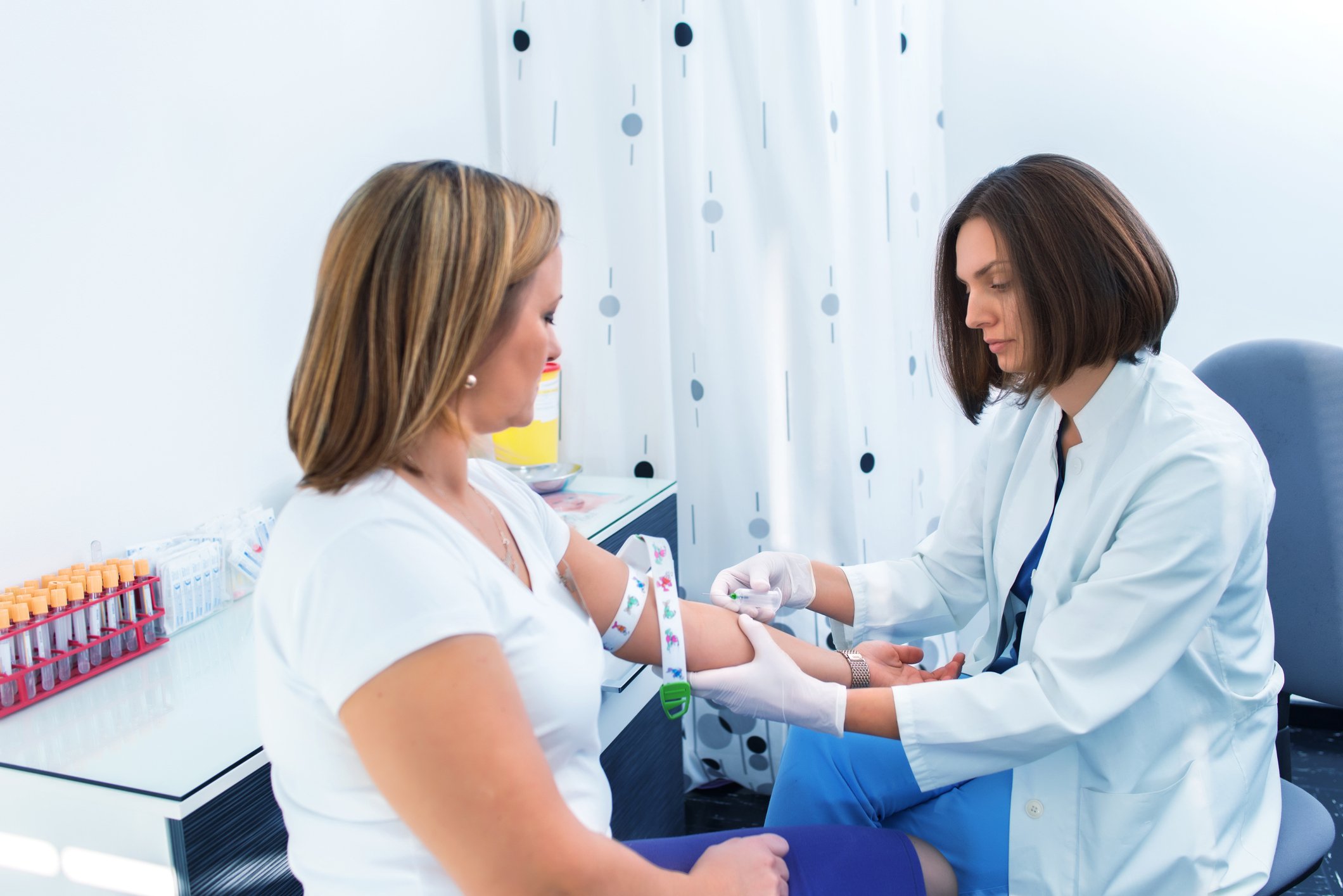When a company initiates a huge dividend increase, its investors typically receive the news warmly. But it's always important to look deeper -- especially with a large payout rise.
Recently, LeMaitre Vascular (LMAT 0.64%) announced it was increasing its quarterly dividend from $0.095 per share to $0.11. That marks a 15.8% raise to a yield of 0.7%, still notably less than the S&P 500's average of about 1.3%.
While this could indicate that management and the board of directors have confidence in its business prospects, such a payout increase could also have overextended the company's dividend obligation. Does LeMaitre's dividend remain sustainable going forward -- and is it a good buy for long-term appreciation and/or income?

Image Source: Getty Images.
Earnings easily cover the payout
A great starting point to assess the safety of LeMaitre's dividend is measuring its earnings per share (EPS) against the dividend obligation. Because LeMaitre is using only GAAP (Generally Accepted Accounting Principles) EPS in its reporting, we will stick with diluted EPS (which is a way to account for all the shares a company may be obligated to issue in the future). That figure reached $1.04 in full-year 2020 against $0.38 per share in dividends paid, for a diluted EPS payout ratio of 36.5%.
For context, this compares favorably to LeMaitre's much larger medical devices peer, Medtronic, where the payout ratio was 50.1% in FY 2021. When we consider that LeMaitre's size and scale as a company aren't yet limiting factors to the company's ability to reinvest in future growth, it makes sense that LeMaitre would opt to retain more of its capital compared with Medtronic.
LeMaitre's market cap of about $1 billion is less than 1/140th the size of Medtronic's $172 billion, making it easier for the former to reinvest for future growth. LeMaitre is a less established business looking to gain market share, whereas Medtronic's ability to reinvest back into its business is limited by the law of diminishing returns. The latter believes that it is better serving its shareholders by returning more cash to them, whereas the former believes it can create significantly more shareholder value by expanding the business rather than focusing on returning cash to shareholders.
Because LeMaitre only provides guidance one quarter in advance, we will be using Yahoo Finance's average analyst estimate of $1.26 for diluted EPS for 2021 against LeMaitre's full-year dividends per share of $0.44, which points to a slight decrease in the payout ratio, to 34.9%.
Generating ample cash flow
LeMaitre also appears well positioned from a cash flow standpoint to pay for its dividend obligation.
The company sells medical devices aimed at treating primarily peripheral vascular disease (LeMaitre Valvulotome) -- and to a lesser extent, end-stage renal disease (Artegraft Collagen Vascular Graft) and cardiovascular disease (RestoreFlow Cardiac Allografts) -- to hospitals for use by vascular surgeons. This business accounted for 80% of revenue in 2020. LeMaitre converted $117.2 million in revenue into $34.8 million in operating cash flow against $3.0 million in capital expenditures in 2020, for free cash flow (FCF) of $31.8 million. Weighed against the $7.7 million in dividends paid during that time, this works out to an FCF payout ratio of just 24.2%.
Without company guidance for operating cash flow or capital expenditures in its Q1 2021 earnings press release, it is difficult to estimate LeMaitre's FCF for the current FY 2021, ending Dec. 31. But based on its surge in FCF from $0.3 million in Q1 2020 ($1.2 million in operating cash flow minus $0.9 million in capital expenditures) to $5 million in Q1 2021 ($6.1 million in operating cash flow less $1.1 million in capex), it appears as though the company is positioned to meet or even exceed that FCF level in 2021.
Even if LeMaitre's FCF is flat against a backdrop of a moderately higher dividend obligation in 2021, its FCF payout ratio seems poised to remain in the mid- to upper-20% range for the year. Measuring by both diluted EPS and FCF, LeMaitre's dividend appears to be safe for 2020 and 2021.
A rock-solid balance sheet
Simply maintaining steady and viable payout ratios, however, isn't always a sign that a dividend will remain safe going forward. That's why we will also be looking at LeMaitre's balance sheet.
We'll start by examining the interest coverage ratio, which is a measure of how many times a company can pay its interest expense from earnings before income taxes (EBIT). This is a particularly useful metric because it shows how far a company's EBIT can fall before it is unable to cover its interest costs.
Fortunately, LeMaitre reported an interest coverage ratio of roughly 15 in 2020 ($8.9 million in EBIT/$0.6 million in interest expense). This is notably higher than its closest peer, Medtronic, whose interest coverage ratio was approximately 4 in its previous fiscal year.
Additionally, LeMaitre maintained $23.5 million in cash and cash equivalents as of Q1 2021, which would be enough to pay off nearly all of the company's $31.2 million in net long-term debt ($28.5 million in long-term debt and $2.8 million that's due within a year). A $7.7 million net debt burden is very manageable for LeMaitre, given that the company generated $27.4 million in EBIT in 2020.
Is it a buy?
LeMaitre's positive trajectory -- including its highly sustainable dividend payout ratios, its strong interest coverage ratio, and its minuscule net debt load -- lead me to believe that the company is able to afford its recent double-digit dividend increase. Investors who are seeking dividend safety and above-average growth should consider looking at LeMaitre below $60 per share.






